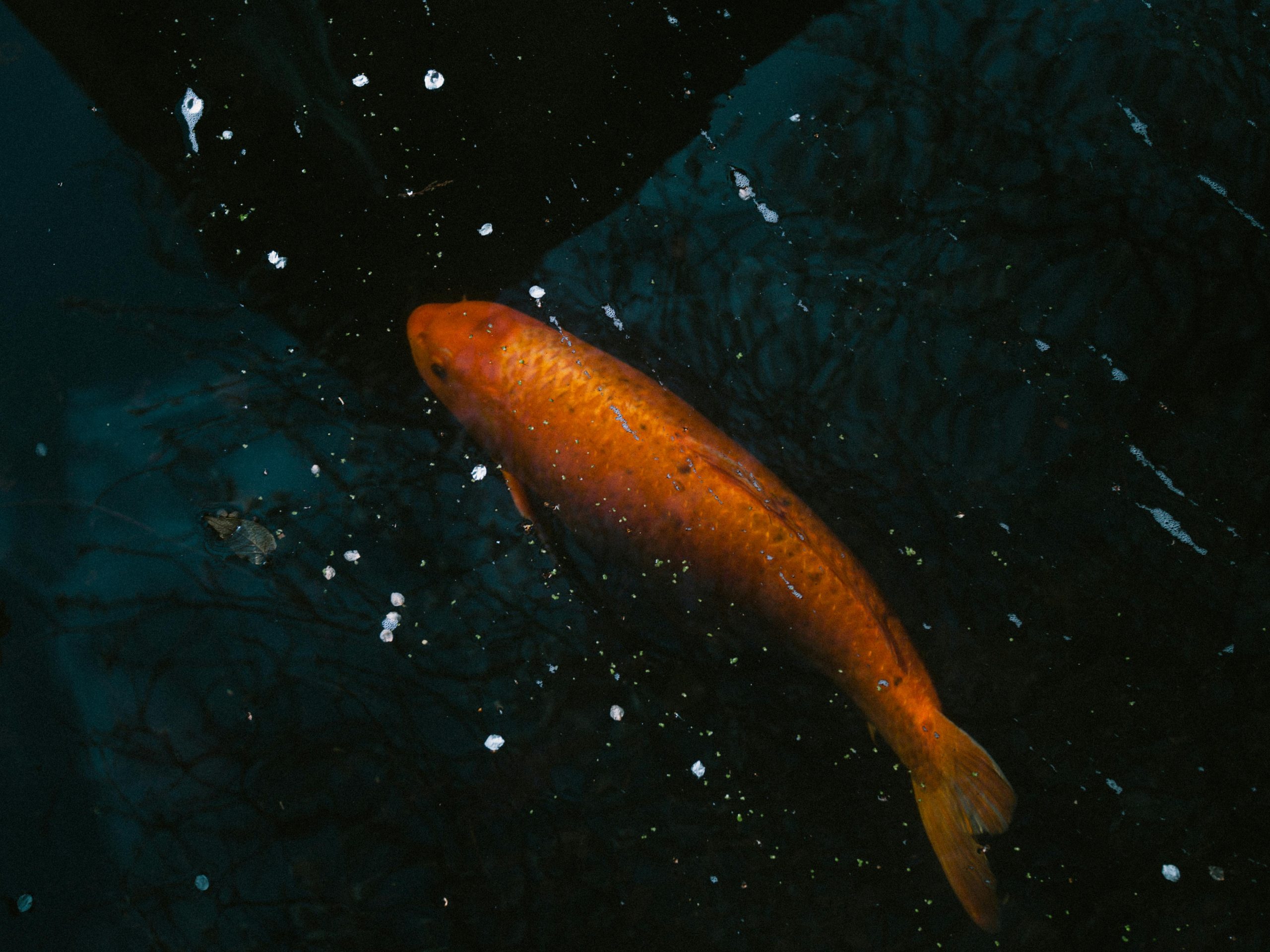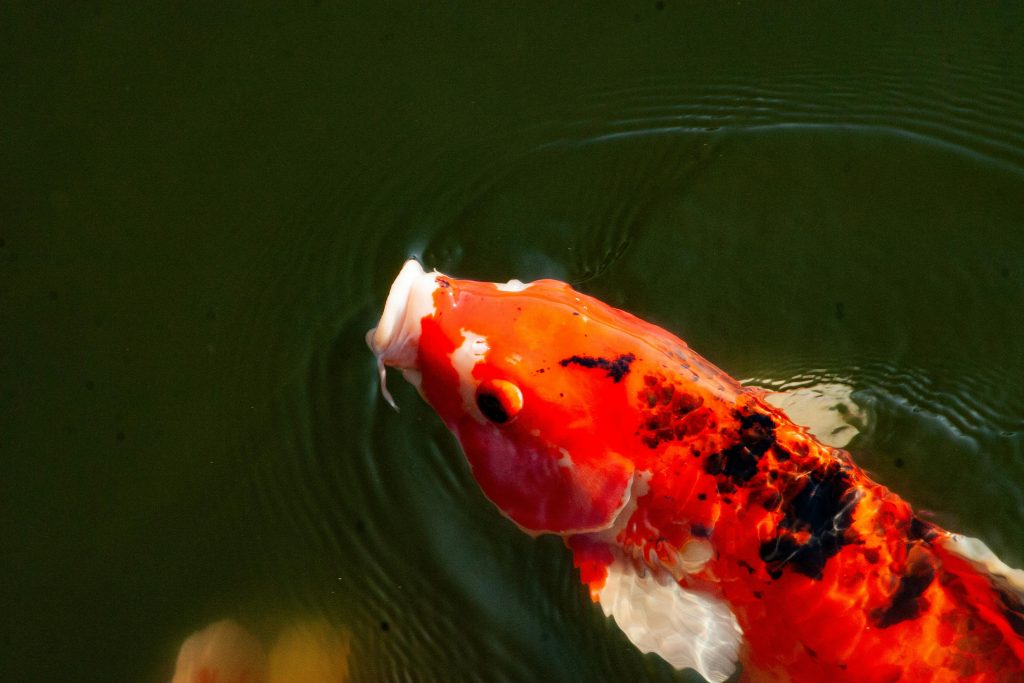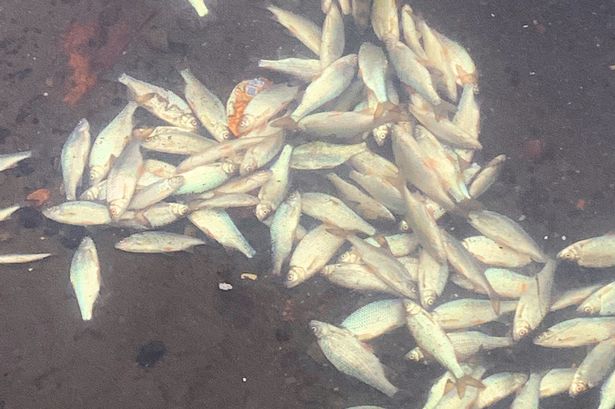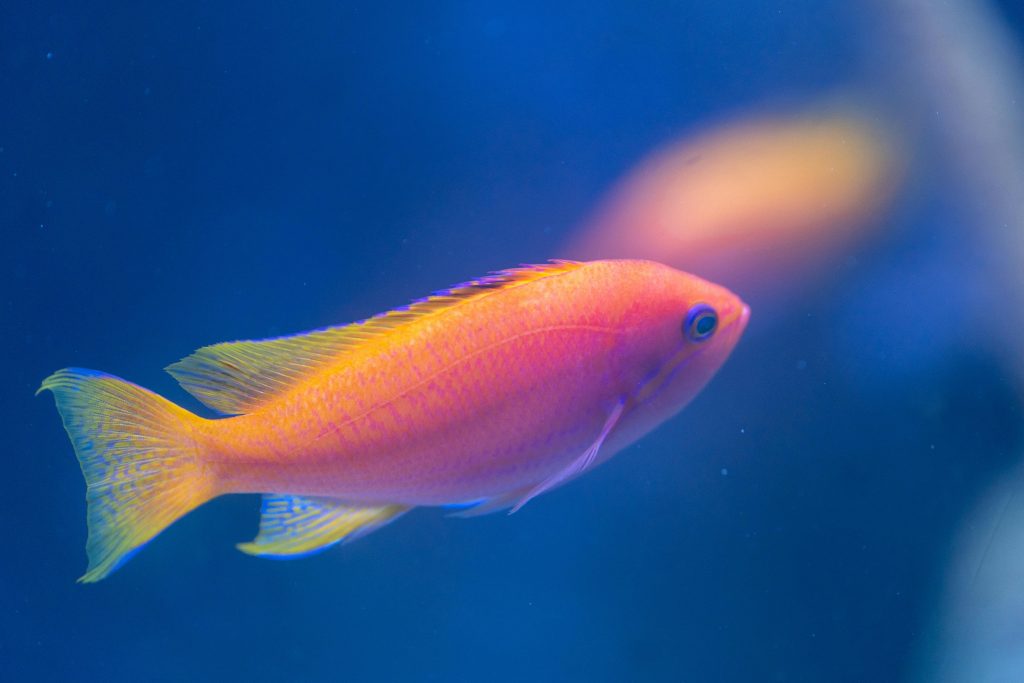Your cart is currently empty!
Rare Orange Shark With Ghostly White Eyes Captured in First-of-Its-Kind Sighting

What are the chances that the ocean covering more than 70 percent of our planet and home to some of Earth’s oldest creatures still has surprises waiting in plain sight? For centuries, sharks have been painted in shades of gray and brown, their muted tones the very blueprint of stealth. Yet off the Caribbean coast of Costa Rica, one shark emerged like a living ember from the depths: a nurse shark shimmering bright orange with eyes as pale as glass.
This was no trick of the light, no fisherman’s exaggeration. It was the first scientifically documented sighting of its kind, a creature shaped by not one but two rare genetic conditions that rewrote its appearance and challenged our assumptions about survival in the wild. In a world where camouflage is king, how does a glowing orange predator defy the odds?
The Unforgettable Encounter
The extraordinary sighting unfolded in August 2024 during what was expected to be a routine fishing trip near Tortuguero National Park, a stretch of Costa Rica’s Caribbean coastline known for its biodiversity. Anglers aboard a local boat suddenly found themselves pulling up not the familiar brown of a nurse shark but a gleaming body of orange and gold. Measuring more than six feet long, the shark surfaced with ghostly white eyes that seemed to glow against its fiery skin.
Photos taken by the fishermen later confirmed and published in the scientific journal Marine Biodiversity documented the shark’s striking appearance. Rather than keep it, the group quickly released the animal back into the water, a decision that allowed scientists to celebrate the discovery without disrupting the shark’s life in its natural habitat.
For the fishermen, the sight was startling enough to be compared to pulling up a goldfish on the end of a line. For scientists, it was a landmark first: no record had ever confirmed such coloration in nurse sharks or any cartilaginous fish in the Caribbean. What began as a fishing story became a scientific milestone, highlighting just how much of the ocean still lies beyond human expectation.
What Makes This Shark Orange?

The dazzling hue of the Costa Rican nurse shark was not the result of lighting tricks or a rare diet. Its appearance came from the convergence of two unusual genetic conditions xanthism and albinis that transformed its body into something never before documented in the region’s sharks.
Xanthism, also known as xanthochromism, is a genetic anomaly that causes yellow and orange pigments to dominate when darker pigments are reduced or absent. It is a rarity across the animal kingdom, occasionally turning parrots golden, reptiles lemon-bright, or fish into living flashes of yellow. In cartilaginous fish such as sharks and rays, however, this phenomenon had never been scientifically confirmed until now.
Layered onto this was albinism, the better-known condition caused by the absence of melanin. In most species, albinism strips color from skin, scales, or fur and often results in pale or pink-tinted eyes. In this shark, the condition revealed itself in ghostly white eyes with no visible irises, a stark contrast against its glowing orange body.
Together, these conditions created what researchers call albino-xanthochromism a double rarity that explains both the creamsicle-like skin and the haunting eyes. Scientists note that while genetic mutations are the most likely cause, environmental influences such as inbreeding, stress, or hormonal imbalances could also play a role. Regardless of the origin, this was the first verified case of its kind in the Caribbean, marking a new chapter in the understanding of pigmentation anomalies in marine life.
Why It Matters for Marine Science

For marine biologists, the orange nurse shark represents far more than a rare spectacle. It is the first scientifically confirmed case of xanthism in cartilaginous fish in the Caribbean, a group that includes sharks, rays, and skates. This makes the sighting not just a curiosity but an important data point in the study of marine genetics and biodiversity.
Documenting pigmentation anomalies like albino-xanthochromism allows scientists to probe deeper into the mechanisms of genetic variation. Are such mutations simply one-off quirks of DNA, or could they point to underlying patterns within local shark populations? Researchers also wonder whether environmental conditions such as rising ocean temperatures, shifting diets, or even stress within ecosystems might influence the expression of these unusual traits. Each question opens new lines of inquiry into how marine life adapts to changing environments.
The sighting also highlights the role of citizen science in advancing research. Photographs and firsthand accounts from local fishermen provided the evidence necessary to validate the case, echoing other moments when everyday encounters have expanded scientific understanding. This collaboration between local communities and researchers is particularly vital in biodiverse regions like Costa Rica, where ecosystems are rich but under constant pressure from climate change, habitat loss, and human activity.
Ultimately, the orange nurse shark is more than a single anomaly it is a reminder that genetic diversity, even in its rarest forms, helps paint a fuller picture of how species evolve and persist. For scientists, such moments are valuable not only for what they reveal about the past but also for what they suggest about the resilience of life in uncertain oceans.
Survival Against the Odds

In the natural world, visibility often means vulnerability. Most nurse sharks wear muted shades of brown or gray that allow them to disappear into sandy seabeds and coral reefs, where stealth is essential for both hunting and evading predators. Against this backdrop, the orange nurse shark stands out like a beacon, its fiery body and pale eyes stripping away the camouflage that evolution has fine-tuned for survival.
Such conspicuous pigmentation is usually considered a disadvantage. Studies of other albino or unusually colored animals, from deer in North America to kangaroos in Australia, suggest that bright or pale individuals are more likely to be spotted by predators. In theory, a glowing orange shark should have faced steeper odds of reaching adulthood, its unusual coloring betraying its presence long before it could strike or hide.
Yet this particular nurse shark not only survived it grew to more than six feet long, signaling years of successful feeding and evasion. Part of that resilience may lie in the species’ habits. Nurse sharks are nocturnal hunters that feed opportunistically on crustaceans, mollusks, and small fish. Their preference for resting motionless on the seafloor during daylight hours also limits exposure to potential threats. These behavioral adaptations may have reduced the disadvantages of standing out in bright colors.
Its survival complicates the assumption that pigmentation anomalies are always a handicap. Instead, this shark shows that success in the ocean is shaped not just by appearance but by behavior, environment, and the quirks of chance. In a sense, the orange nurse shark embodies nature’s unpredictability: even when evolution seems to stack the odds against an individual, resilience finds a way.
Costa Rica’s Biodiversity on Display

Costa Rica has long been celebrated as one of the most biodiverse countries on Earth, a place where dense rainforests, volcanic landscapes, and vibrant seas overlap in a relatively small stretch of land and water. Its Caribbean coast, where the orange nurse shark appeared, is particularly rich in marine life. Coral reefs, mangroves, and seagrass beds create habitats that sustain everything from sea turtles and rays to dolphins and reef fish. In this living tapestry, the nurse shark is a familiar resident—though never before in such a startling hue.
The sighting of this orange shark underscores just how much remains hidden in ecosystems that are already world-renowned for their richness. It also demonstrates the value of protecting these waters. Tortuguero National Park, the site of the encounter, is a protected area that serves as both a sanctuary for wildlife and a hub for eco-tourism. Discoveries like this not only deepen scientific understanding but also reinforce the importance of safeguarding habitats that support such extraordinary diversity.
What makes this case especially compelling is the role played by ordinary people. Local fishermen, rather than researchers, were the first to document the shark, and their decision to share the photographs transformed an unusual fishing story into a scientific milestone. This collaboration between communities and scientists highlights how citizen observations can expand our collective knowledge of the natural world.
For Costa Rica, the orange nurse shark adds yet another layer to its reputation as a global biodiversity hotspot. It is a reminder that even in places celebrated for their abundance of life, nature still has surprises waiting unexpected flashes of color that challenge assumptions and inspire awe.
When Nature Breaks Its Own Rules
The orange nurse shark is more than a genetic oddity—it is a living reminder that nature thrives on variation, even when that variation seems impractical. In a world where camouflage often determines survival, this shark’s vivid coloring defied expectations and yet carried it into adulthood. Its presence suggests that the ocean is not bound entirely by rules of invisibility, but also shaped by resilience, adaptation, and chance.
For science, the sighting expands our understanding of genetic diversity and sparks new questions about what influences pigmentation in marine life. For Costa Rica, it adds to the story of a country already known for extraordinary biodiversity. And for the rest of us, it offers a moment of perspective. The ocean remains a place of mystery, a reminder that the unexpected can still rise from the deep and force us to rethink what we thought we knew.
In that sense, the orange shark is not just an anomaly but a symbol—proof that difference is not always a weakness, and that even against the odds, something striking can survive.
